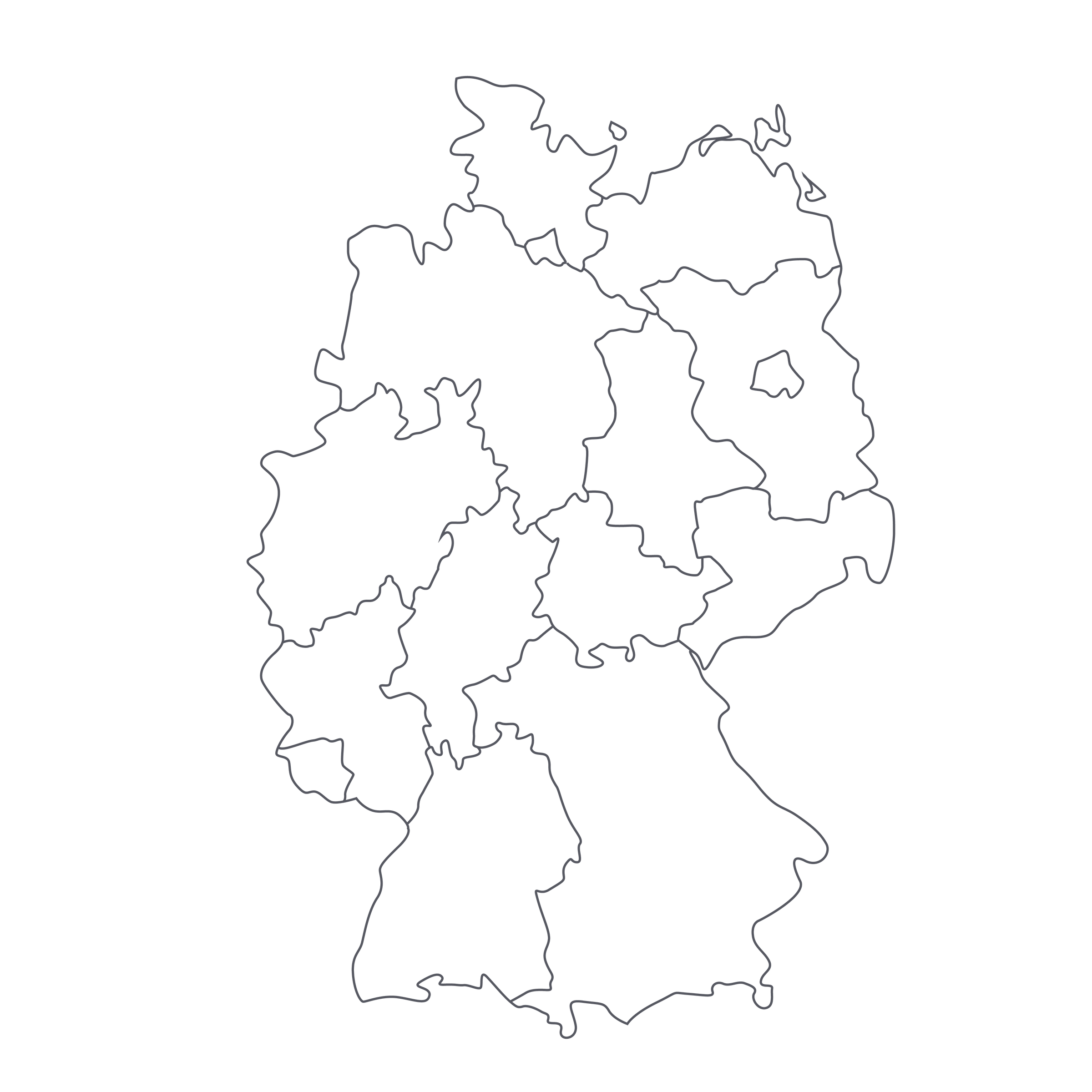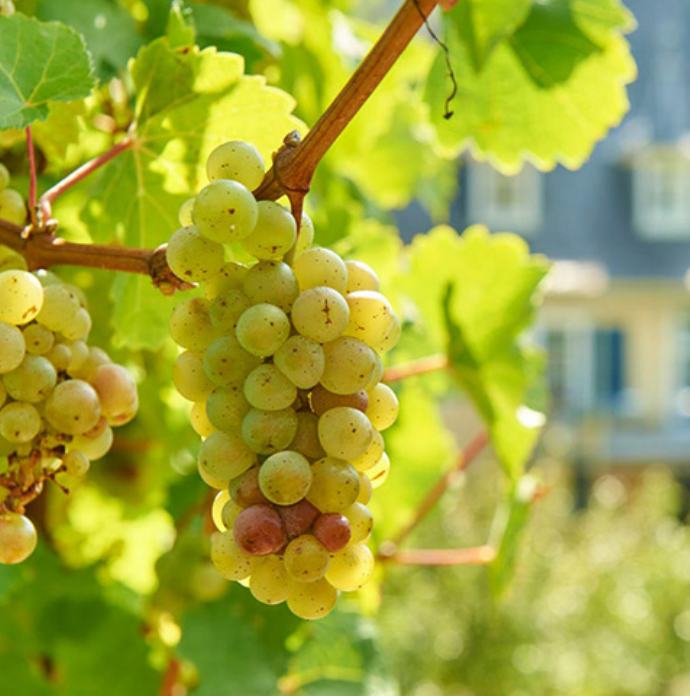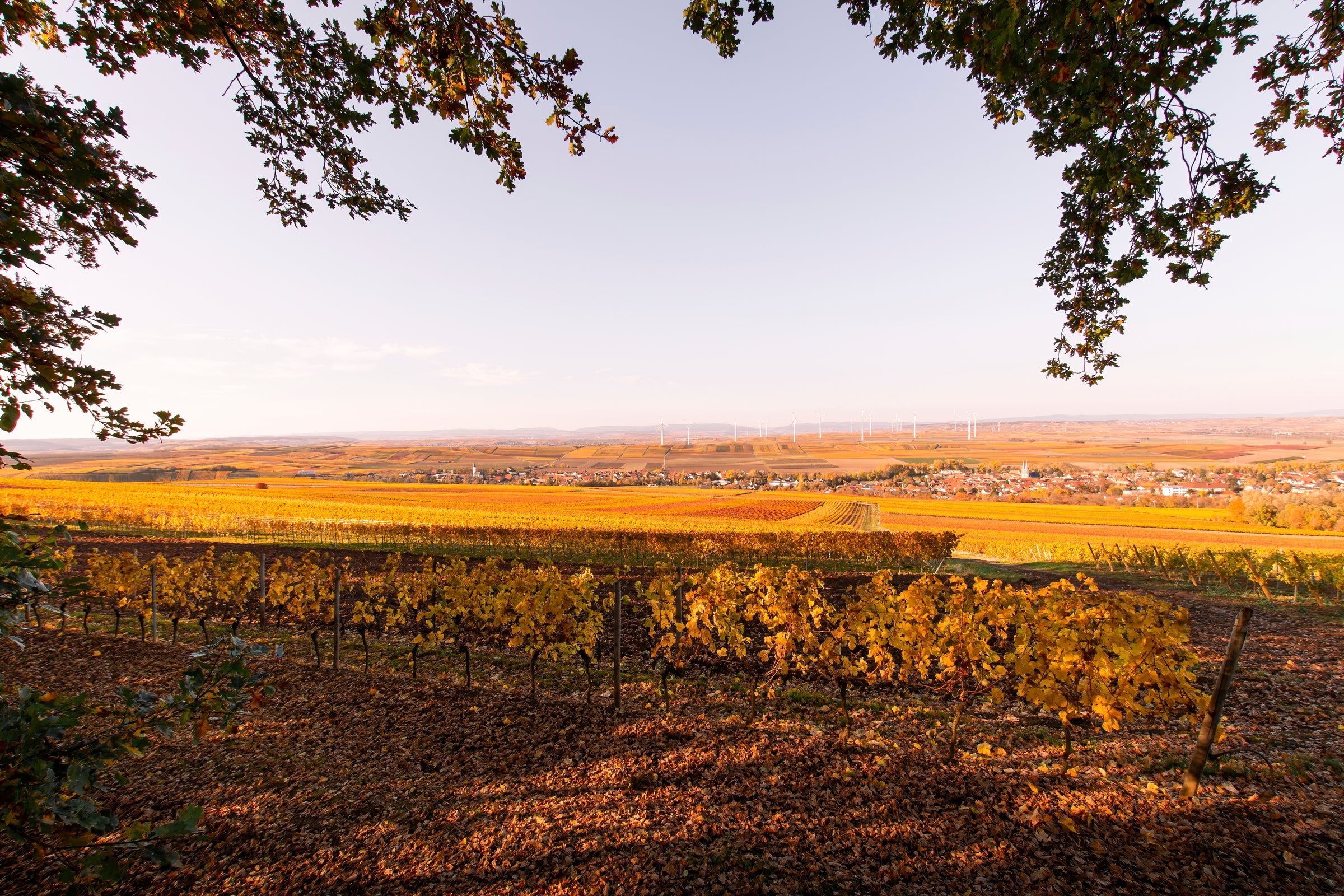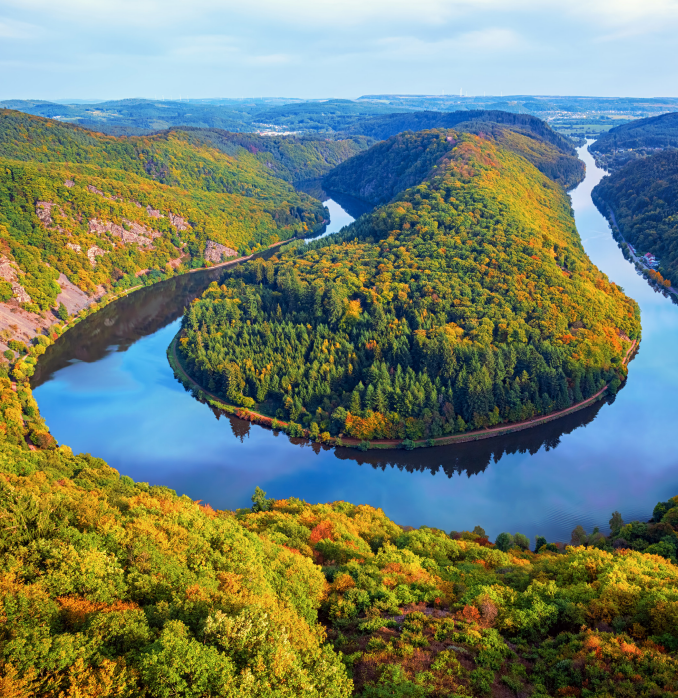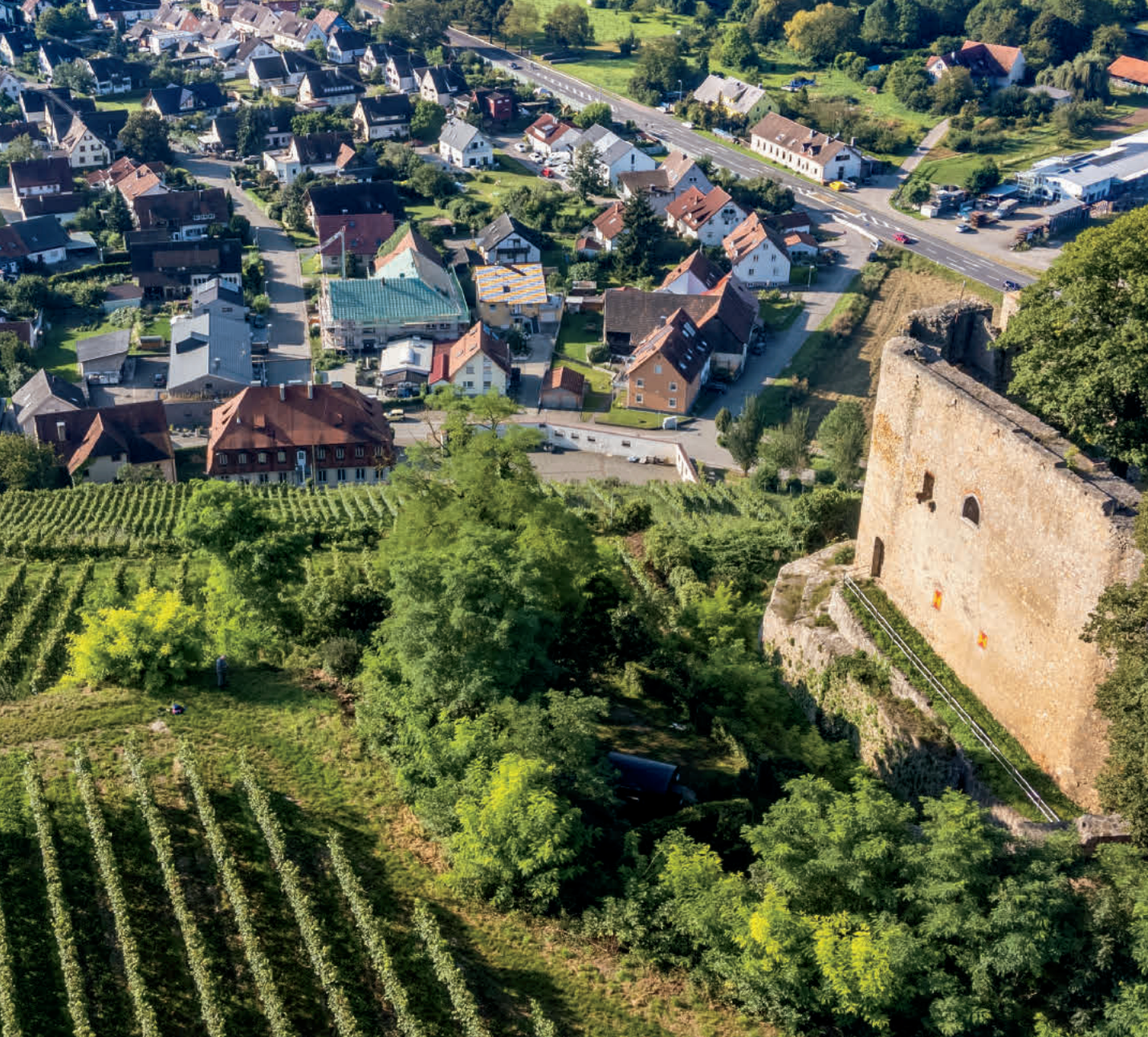Wehlener Sonnenuhr. It doesn’t exactly roll off the tongue, but to lovers of serious Riesling it’s music to the ears. Try saying it:
VAY-len-er ZON-en-ooer. Meaning “The Sundial of Wehlen,” it’s the name of one of the Mosel Valley’s most famous vineyard sites, one that tilts toward the sun so perfectly that a sundial was built into its terraces in the 19th century.
When you see this vineyard designation on a label, it jumps out right alongside the estate name, which in today’s case is Hauth-Kerpen. During my visit to the region last year, I was thrilled to acquire a small parcel of this ethereal 2003 Riesling Auslese, a classic Mosel wine that is at once dense and persistent on the palate but also sprightly and almost weightless—a feat German Riesling from a great vineyard is uniquely qualified to pull off. Having spent more than a decade in bottle, this wine has taken on a more mature golden tint and added some secondary notes of honey and petrol, but its
auslese level of residual sugar is still quickly whisked away by a wave of cleansing, mouthwatering freshness. That combination of viscosity and tension is, as I’ll never tire of saying, the magic of Mosel Riesling—and as vineyard sources go, it doesn’t get any better than Wehlener Sonnenuhr.
The Hauth-Kerpen winery, like the village of Wehlen, sits on the opposite bank of the Mosel from Wehlener Sonnenuhr, which, given the twists and turns of the river, faces almost directly south in places. To take the measure of the vineyard from the Hauth-Kerpen vantage point is to truly appreciate its dizzyingly steep pitch—it really is like looking at a giant stone wall, in this case a stone wall constructed from crushed blue (Devonian) slate. Vine roots must work hard to penetrate the fractures in this densely rocky terrain, burrowing down deep in search of water and nutrients and infusing the grapes they produce with the kind of intensity of flavor and minerality so readily evident in Hauth-Kerpen’s ’03. Which is to be expected: special vineyard, special wine.
The Hauth-Kerpen property is a small one, with the winery located in the cellar beneath a family home. In addition to their parcel of Wehlener Sonnenuhr, Haut-Kerpen farms vineyards in other prime Mosel villages, including Graach and Bernkastel, both of which are home to many famous
crus (or
lagen) of their own. Over the years, vinification of the wines has transitioned from large, traditional oak vats to stainless steel, but my sense with this ’03 is that it was made the old-fashioned way: there’s a lot of texture and depth and the slightest hint of (beneficial) oxidation, lending those aforementioned honeyed notes. In the glass, it’s a deep yellow-gold with hints of copper, as befits its age, with an explosive nose of ripe peaches, pears, citrus blossoms, lemon meringue, white flowers, and wet slate. Medium to medium-plus in body, it counterbalances its
auslese level of residual sugar with so much freshness it’s almost as if the wine finishes dry—the wine starts out with the thump of a bass drum and finishes with the crash of a cymbal! It is ready to enjoy now and over the next 5-7 years, promising to deepen and darken and grow more profound as time goes on. Serve it at 50 degrees in all-purpose white wine or flared Riesling stems with something from the Szechuan or Thai canon, as the wine’s well-moderated sweetness will help tame the heat and point up other flavors in the dish. Once again, Germany has given us an incredible value to work with—let’s make the most of it!


